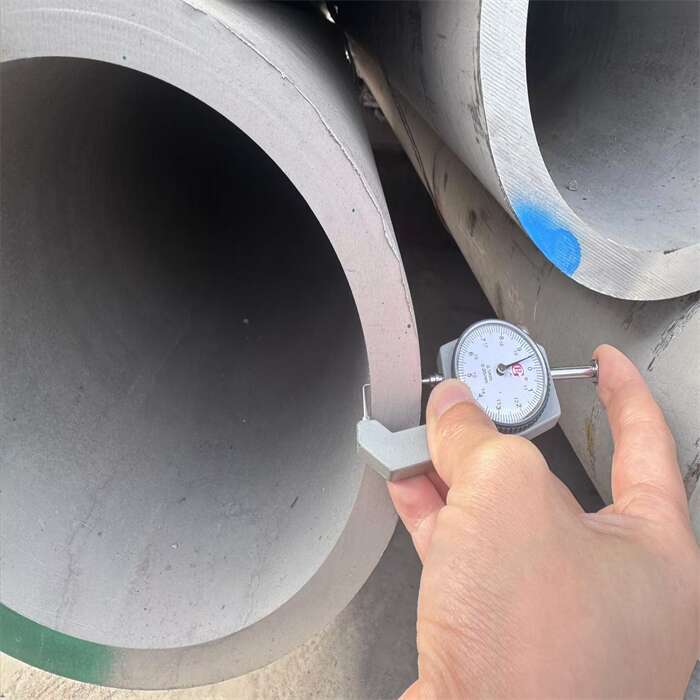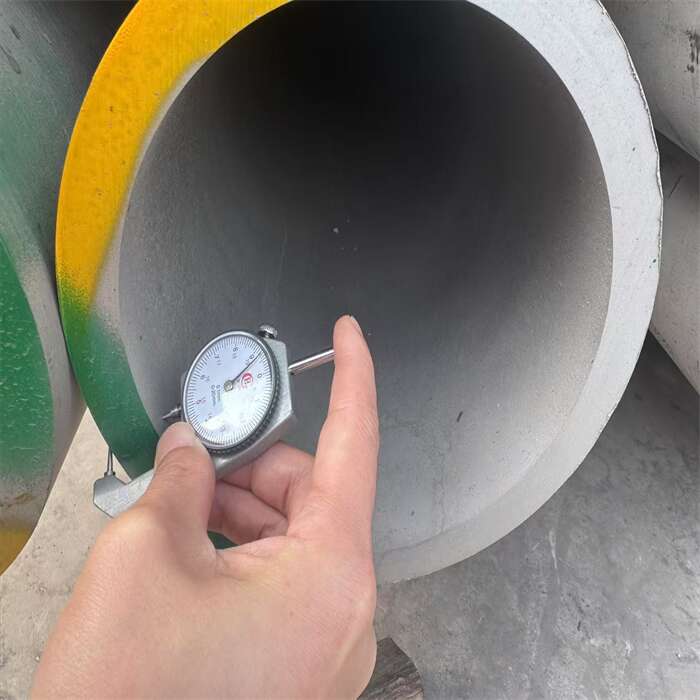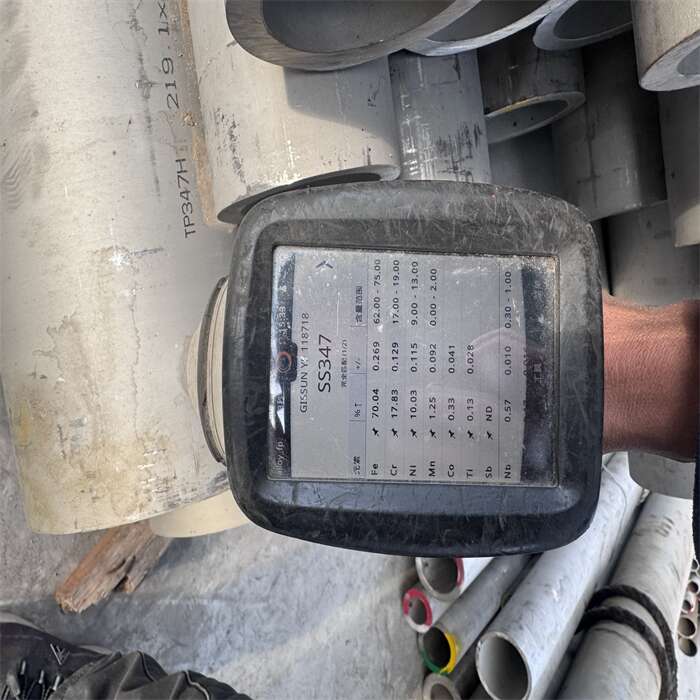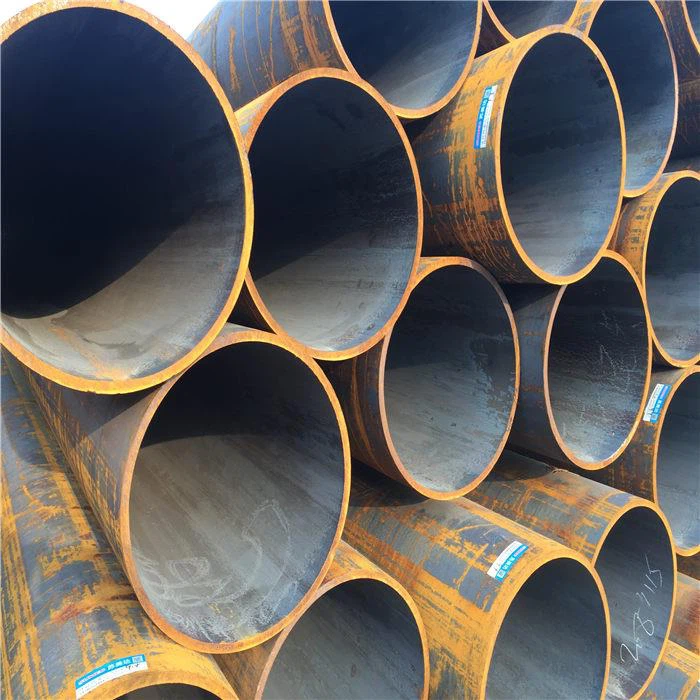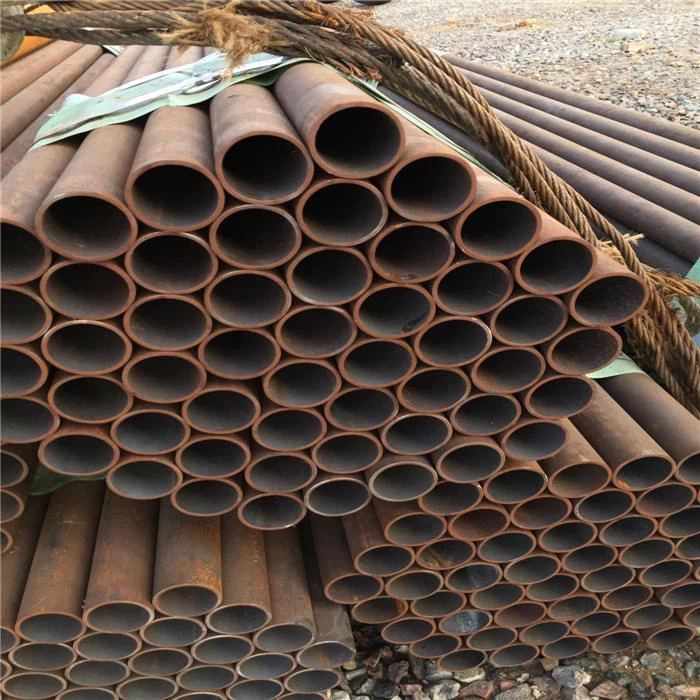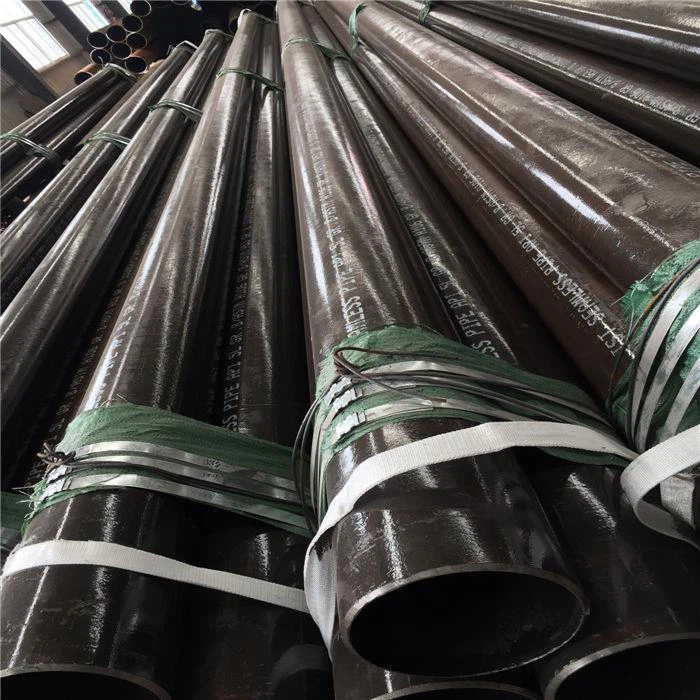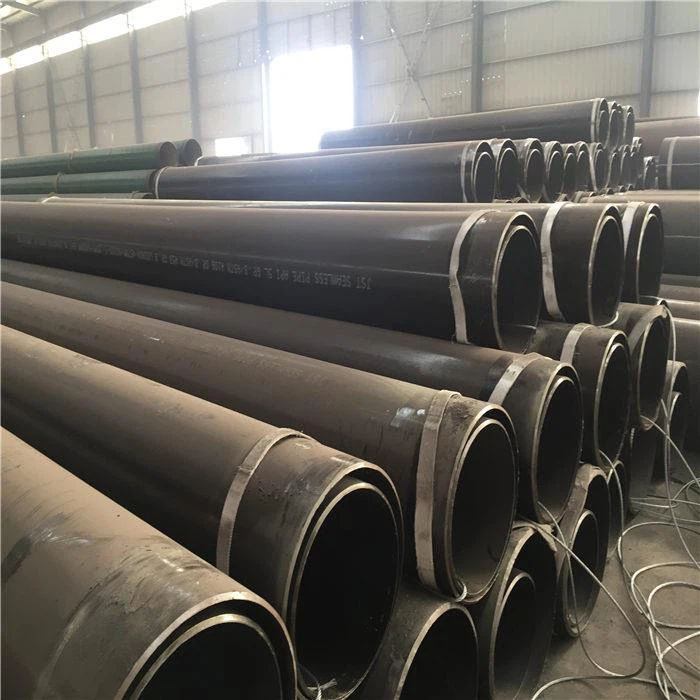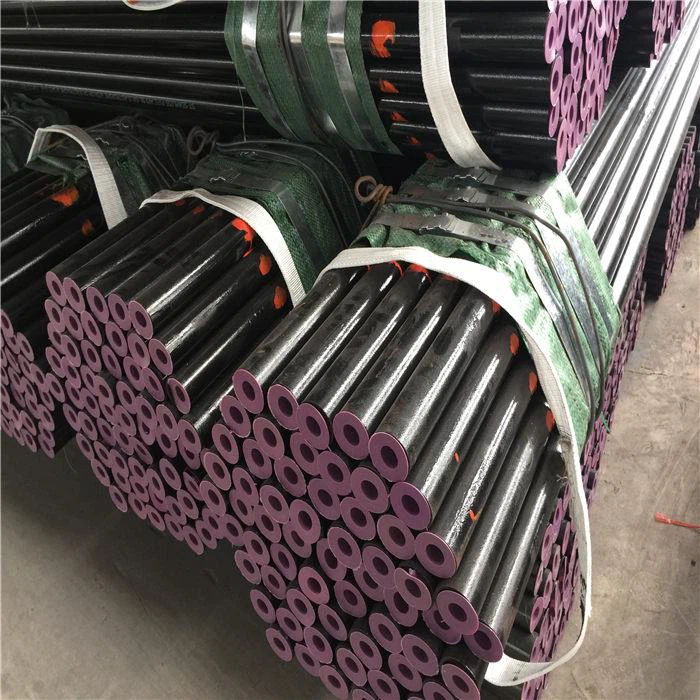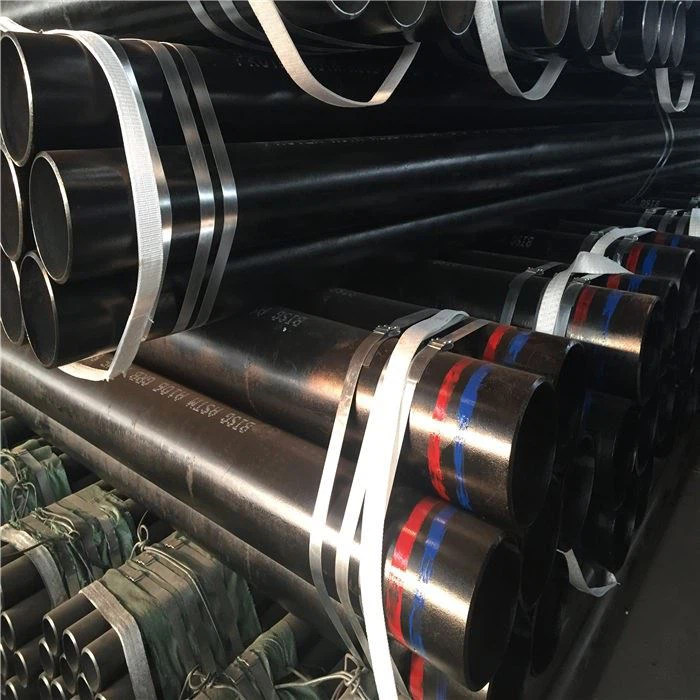The way for Japanese steel enterprises to break through the competition
From the successful response of the Japanese steel industry to the challenge of declining demand, Chinese steel enterprises may be able to draw on its essence and draw on relevant mature experiences.
The first is to enhance industrial efficiency, reduce production costs and boost competitiveness.
Despite the decline in domestic demand in Japan, the crude steel output of the Japanese steel industry did not show a significant drop and remained at a relatively high level. This was mainly due to "expanding external demand through exports". In 1990, Japan's steel export volume was only 17.264 million tons. By 2015, it had grown to 41.64 million tons, accounting for over 40% of its domestic crude steel output. For this reason, the capacity utilization rate of Japan's steel industry has been maintained at a relatively high and reasonable level. In addition, Japanese steel enterprises are adept at optimizing the scale of their workforce and promoting the large-scale development of equipment, thereby enhancing labor productivity. Japanese steel enterprises have taken advantage of the efficiency of domestic large blast furnaces and ports, fully utilized domestic crude steel production capacity, and combined with the internationalization of domestic downstream industries (such as automobiles and home appliances), adopted a "catch-up strategy", setting up single-rolling mills in Southeast Asia and other places. While meeting the steel demands of downstream industries, they have achieved internal process balance.
Second, adjust the structure, cut expenses and actively respond to market challenges.
In the early 1990s, the real estate bubble in Japan burst, and the demand for construction steel dropped significantly. The Japanese steel industry promptly adjusted its product structure and increased the output of various types of steel, including thick plates, structural steel, stainless steel, and high-strength steel. Japanese steel enterprises have focused on manufacturing high-strength and corrosion-resistant special steels through technological upgrades.
Third, establish a strategic coordination mechanism for the steel industry ecosystem to jointly address the challenges faced by the industry.
In the overseas resource development and supply and marketing links, Japanese steel enterprises have formed diversified and mutually beneficial cooperative relationships with local trading companies. Through joint research and development, signing long-term cooperation agreements and other means, Japanese steel enterprises have established long-term and stable strategic relations with downstream customers. They have also carried out multi-level strategic cooperation with upstream and downstream enterprises through equity participation, technical assistance, talent exchange and other means, forming a vertically integrated industrial alliance organizational system.
For China's steel industry, closely following national policies can significantly reduce policy misjudgments and ensure the long-term sustainable development of enterprises. Meanwhile, the steel industry is a crucial cornerstone for safeguarding the local economy and employment. Enterprises need to actively enhance government coordination, make good use of government resources, and create greater social value.
My company hot sale seamless steel line pipes:
ASTM A106 B seamless pipes, API 5L GR.B seamless steel pipes(1” to 24” sch40, sch80), API 5L X52, X65, X70 PSL2 seamless line pipe, Boiler tubes,( 20G. 12Cr1MoVG, ASTM A335 P5, P9, P11)
